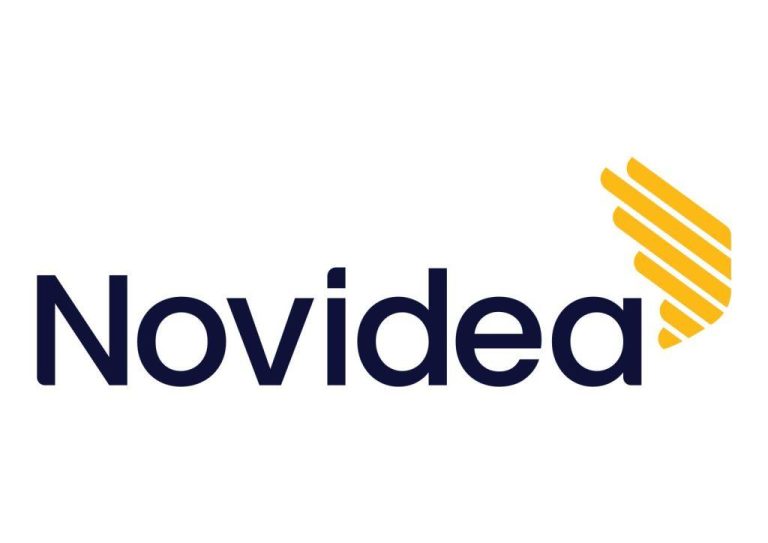
Dozens of stunned federal workers were terminated without warning as the U.S. Department of Health and Human Services (HHS) recently closed its San Francisco regional office.
"It’s miserable. It’s awful. It has been awful for weeks — this threat, this lingering cruelty of ‘you’re going to be let go any day,’" Steven Weiner, a program specialist with the Office of Administration for Children and Families, told ABC7 News Bay Area.
"It was total chaos.”
The news came via email — sent before the workday had even begun on April 1. Employees left the Nancy Pelosi Federal Building with potted plants and framed photos in hand, walking away from careers that spanned decades.
Don’t miss
- I’m 49 years old and have nothing saved for retirement — what should I do? Don’t panic. Here are 5 of the easiest ways you can catch up (and fast)
- Gain potential quarterly income through this $1B private real estate fund — even if you’re not a millionaire. Here’s how to get started with as little as $10
- Car insurance premiums could spike 8% by the end of 2025 — thanks to tariffs on car imports and auto parts from Canada and Mexico. But here’s how 2 minutes can save you hundreds of dollars right now
The closure was part of sweeping federal workforce cuts under Health and Human Services Secretary Robert F. Kennedy Jr., which aims to eliminate 10,000 federal positions nationwide. San Francisco is just one of several cities facing cuts — HHS regional offices in Boston, New York, Chicago and Seattle have also been closed.
Why were jobs cut?
HHS said in a March 27 morning news release that the workforce reductions align with the Department of Governemnt Efficiency’s (DOGE) "workforce optimization" efforts and will save the agency $1.8 billion per year.
However, state leaders are pushing back.
California Attorney General Rob Bonta, along with a coalition of 23 states, filed a lawsuit against HHS, calling the terminations "dangerous, arbitrary, capricious and unlawful." The suit seeks to block the layoffs and restore access to the federal funding that supports essential state-run programs.
Speaker Emerita Nancy Pelosi, whose name graces the now-empty San Francisco building, also condemned the closures. She warned they would “put the health and safety of Bay Area residents and all Californians in jeopardy.”
The impact on the San Francisco office is especially devastating. The closure wiped out entire teams that managed programs like Head Start, early childcare, child welfare and family assistance — services designed to support the most vulnerable residents, including low-income families, children and seniors.
“I’ve been here 25 years. This is the majority of my career,” Julie Fong, a regional program manager told 7 News. “We had an entire office of Head Start. They’re gone. They’re gone.”
Another former employee, Erendira Guerrero, described it as a heartbreaking loss. “This was my dream job. I brought a plant. I planned to retire here. It feels like I’m leaving my home.”
On April 3, two days following the layoffs, HHS Secretary Robert F. Kennedy Jr. told reporters that some of those workers may be reinstated.
"Personnel that should not have been cut, were cut. We’re reinstating them. And that was always the plan. Part of the DOGE, we talked about this from the beginning, is we’re going to do 80% cuts, but 20% of those are going to have to be reinstated, because we’ll make mistakes," Kennedy said, according to CBS News.
Currently, it’s not clear which employees or services may be reinstated.
Read more: Want an extra $1,300,000 when you retire? Dave Ramsey says this 7-step plan ‘works every single time’ to kill debt, get rich in America — and that ‘anyone’ can do it
What services will be cut — and how to prepare
The closure impacts workers and threatens access to key social safety net programs, though what services will remain shuttered is uncertain. Families who rely on Head Start or assistance with childcare may experience delay or confusion as agencies scramble to fill the gaps. Taking a few proactive steps now may help you better manage the disruption.
Connect with your community
If you’re facing delays in benefits or services, tap into your personal network for help. Family, friends, neighbors and local community groups may be able to offer backup child care, meals or even temporary financial support. Check with faith-based organizations, mutual aid networks and parent groups in your area — they may have resources or be able to connect you with someone who does.
Look for state or local alternatives
Check with the California Department of Social Services or local nonprofit agencies. Community-based organizations often provide backup or supplementary support during federal transitions. Note that some contact information may change, so monitor changes to ensure you reach the right person.
Get on waitlists early
If you’re concerned about losing access to subsidized child care or other programs, get on alternative waitlists now. Child care and preschool lists can fill up fast, so getting on waitlists early could help you secure a spot and limit the disruption.
Stock up where you can
If your budget allows, try to stock up on essentials like diapers, wipes, pantry staples and medication. Visit food pantries and diaper banks if you need to. This can help ease the pressure if support is delayed or becomes more challenging to access.
Despite the disruption to their jobs and lives, many displaced San Francisco Health and Human Services workers say they’re committed to serving their community.
“If you are a Head Start director, or a state, county or nonprofit agency, you’ve got 65 people hitting the street with outstanding credentials and professional backgrounds who will serve,” Fong told reporters.
“It’s been an honor to serve the citizens of this country.”
What to read next
- Thanks to Jeff Bezos, you can now become a landlord for as little as $100 — and no, you don’t have to deal with tenants or fix freezers. Here’s how
- Here are 5 ‘must have’ items that Americans (almost) always overpay for — and very quickly regret. How many are hurting you?
- Trump warns his tariffs will spark a ‘disturbance’ in America — use this 1 dead-simple move to help shockproof your retirement plans ASAP
This article provides information only and should not be construed as advice. It is provided without warranty of any kind.


